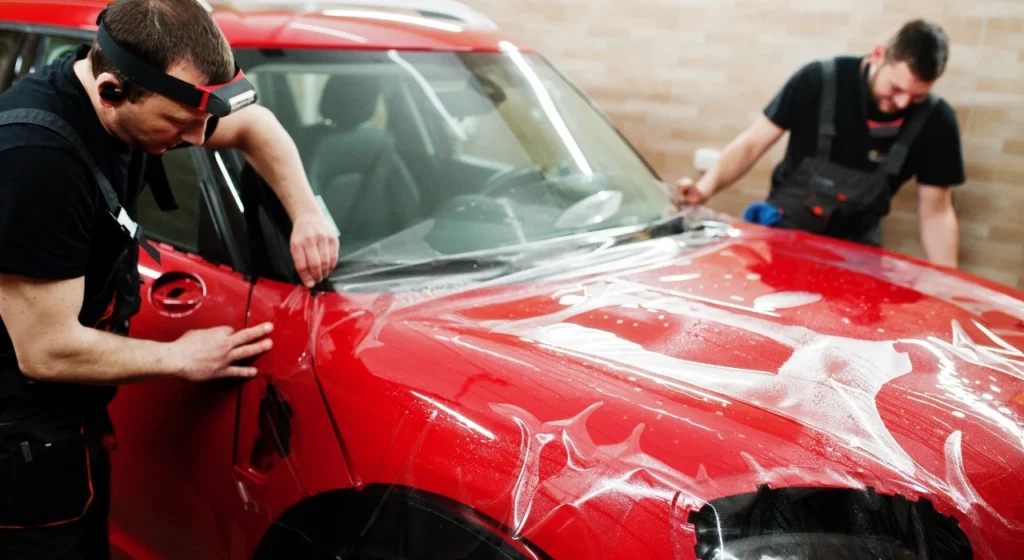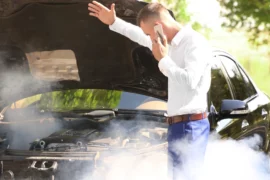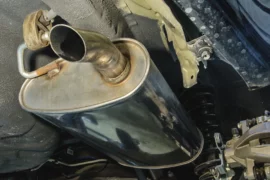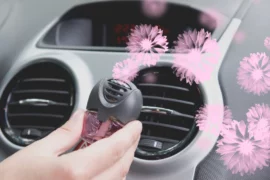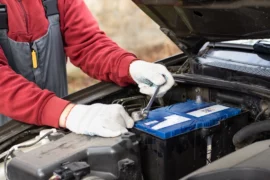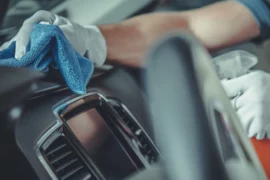People who love cars and company owners who buy vinyl decals often question whether they need to be laminated. It’s important to protect your investment, whether you put racing stripes, company logos, or decorative graphics on your car.
Yes, vinyl automobile decals benefit from lamination, especially when they are outside. This protective coating turns a simple vinyl application into a graphic that lasts for years and keeps its bright look.
Knowing when and why to laminate your vinyl car decals will help you save money, keep your car looking good, and make sure your graphics always appear professional, no matter what the weather is like or how much you use them.
Learning about Vinyl Car Decals and Lamination
Vinyl car decals are graphics that stick to car surfaces and are made of flexible plastic. These stickers can be as simple as text and logos or as complicated as full-colour designs and coverings for cars. The vinyl itself is rather durable, but the printing process makes it less so, so it needs further protection.
When you laminate something, you put a thin, clear protective coating over the printed vinyl decal. This procedure makes a barrier between the graphic and things outside that could hurt it. The laminate layer sticks to the vinyl surface, creating a single protection system that makes the surface stronger and better looking.
There are different types of laminate finishes to choose from, depending on your needs. Glossy lamination helps colours look brighter and gives designs a shiny, polished quality that makes them look more vibrant. Matte laminate cuts down on glare and gives a polished, professional look that is great for corporate settings. Satin laminate is a good compromise because it has a mild sheen and still protects well.
The lamination technique basically seals the printed ink layer so that it doesn’t come into direct contact with moisture, UV rays, or physical damage that could damage the design over time.
The Main Advantages of Laminating Vinyl Car Decals
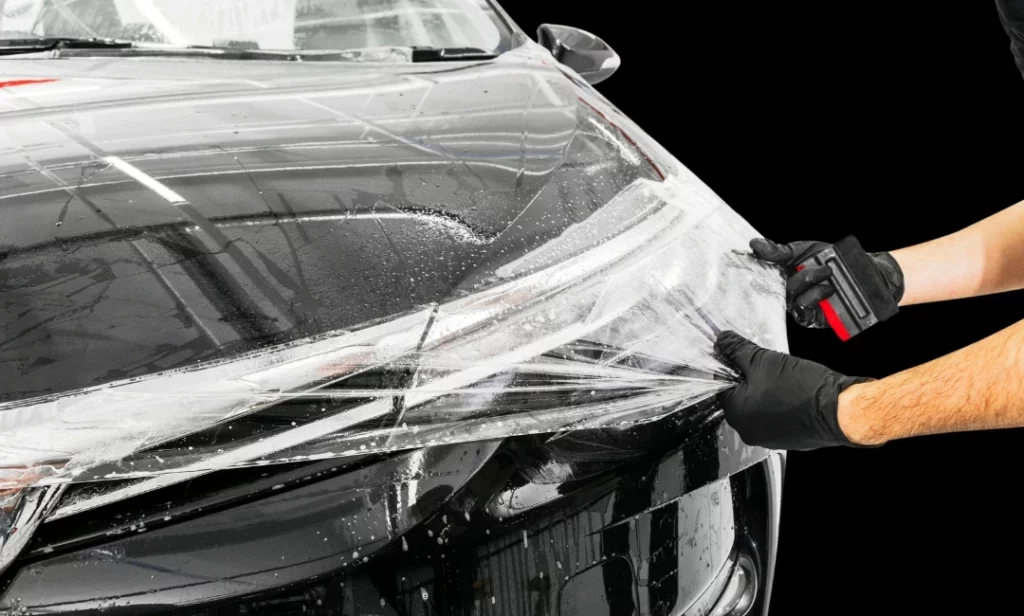
Laminating vinyl car decals provides essential protection and enhancement benefits that significantly improve durability, appearance, and longevity of automotive graphics applications. These benefits are discussed below in detail.
Understanding these advantages helps vehicle owners make informed decisions about protecting their graphic investments while maximizing the return on their automotive customization efforts.
You May Also Like: How Valvoline Uses Coupons to Boost Auto Product Sales.
Protection from UV Damage and Fading
One of the best things about laminating vinyl car decals is that they protect against UV rays. When printed colours are exposed to sunlight all the time, they fade, especially reds, blues, and yellows, which are the most sensitive to UV damage.
Quality laminate films have UV blockers that protect your graphics from the sun, keeping their colour bright and preventing the chalky, faded look that happens with unprotected vinyl.
Weather Resistance
For car applications, where decals are exposed to rain, snow, humidity, and changes in temperature, weather resistance is quite important. Lamination makes a barrier that keeps water out, so the printed ink layer stays dry and the colours don’t run or bleed. This protection is especially useful for graphics generated with an inkjet printer because water may quickly ruin patterns that aren’t protected.
Scratch and Abrasion Protection
Your decals will still appear new even after being washed, driven over, and handled every day since they are physically protected against scratches, scuffs, and abrasions. The laminate layer absorbs small hits that would otherwise harm the vinyl surface. This keeps the design looking smooth and stops the edges from rising, which can cause it to fail too soon.
Enhanced Appearance and Professional Look
Enhanced appearance provides another appealing benefit, as lamination may substantially improve the entire look and feel of vinyl graphics. The protective coating makes the surface smooth and even, getting rid of the rough look that can occasionally be seen in prints that aren’t laminated. This makes the print look more professional and polished, which is good for your business or car.
Easier Cleaning and Maintenance
Laminated decals make maintenance a lot easier. The smooth, non-porous surface keeps dirt, grime, and stains away, making it easy to clean with regular car wash solutions. This ease of upkeep makes sure that your visuals always look their best with little work.
Also Read: Is the 2026 Toyota MR2 the Best 400HP Rival to Porsche and Nissan Z?
Extended Lifespan and Cost Savings
Longer life means big savings over time. Lamination costs more up front, but it can double or triple the life of your vinyl graphics, which means you won’t have to change them as often, and your car will look better for longer.
When Is Lamination Necessary?
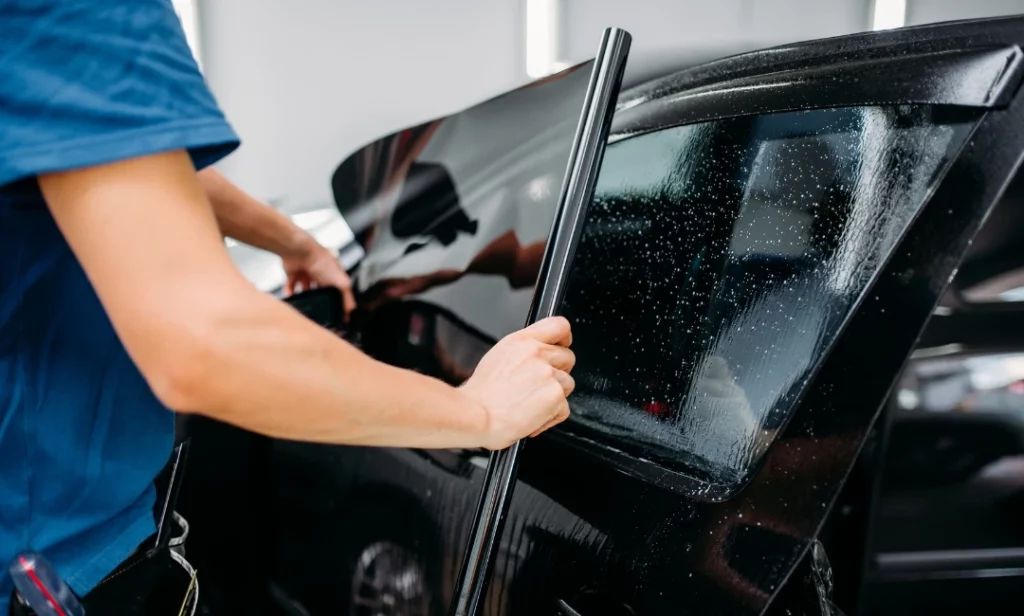
Understanding specific scenarios where lamination becomes essential helps vehicle owners make informed decisions about protecting their vinyl graphics investment and maintaining professional appearance standards. Recognizing these key scenarios helps prevent costly mistakes and ensures that vinyl graphics maintain their intended impact throughout their service life.
The following situations represent the most common circumstances where lamination transforms from optional enhancement to essential requirement.
Outdoor Vehicle Applications
The main situation in which lamination is necessary is when vehicles are used outside. Any vinyl sticker put on the outside of a car needs to be protected from UV rays, the weather, and the road. Without lamination, outdoor images usually start to fade and break down within months instead of years.
High-traffic Areas on Vehicles
Door panels, bumpers, and side panels are all high-traffic places on vehicles that get a lot of touch and cleaning. Unprotected vinyl can wear out quickly in these areas. Lamination makes things strong enough to handle this kind of use every day while keeping their good looks.
Long Term Installations
Long-term installations, especially permanent graphics that are meant to endure for years, make the cost of laminating worth it because it makes the graphics last longer. When you divide the initial cost across the graphic’s long life, it becomes quite small.
Also Check: 10 Best City-Friendly SUVs for Women in 2025 Smart Driving Choices.
Commercial Vehicle Graphics
Lamination helps keep commercial vehicle graphics looking professional, which is what they need. Business vehicles are like moving billboards, so the quality of the graphics is quite important for how customers see the brand.
Premium Appearance Requirements
Lamination is great for showing automobiles, racing cars, or high-end applications that need a premium look since it makes things seem better and lasts longer.
The Lamination Process and Best Practices
To choose the right laminate, you need to make sure that the film’s properties fit your unique needs. Films that are UV-resistant and have strong adhesive properties are needed for outdoor use. For inside use, lighter-duty choices that focus on improving appearance can be employed.
Preparing the surface is very important for successful lamination. The vinyl surface needs to be clean, without any dust, oils, or other things that could get in the way of the laminate sticking. Cleaning the surface well makes sure that there are no bubbles and that the layers stick together as well as possible.
Different sizes and types of graphics require different application methods. You can put small decals on by hand with squeegees and by making sure that air bubbles are removed. Mechanical application with laminating machines that keep the pressure steady and keep air from becoming trapped is better for bigger graphics.
For complicated or valuable graphics, professional installation is better since it makes sure the right materials are used, the surface is prepared correctly, and the application procedures are used that make the lamination last as long as possible.
Suggestion: 4 Best R34 Engine Swaps To Make Your Nissan Skyline A Supercar.
Value vs. Cost Analysis
The first cost of laminating usually adds 30% to 50% to the base cost of vinyl graphics. But this cost up front gives a lot of long-term value by making graphics last longer and keeping their quality.
The main cost benefit is that laminated graphics endure longer than unprotected vinyl, which only lasts 1 to 2 years. This longer life means that the expense of keeping up vehicle graphics each year goes down.
It is hard to put a number on how much professional appearance value is worth, but it is very important for business applications because it affects brand image and how customers see the company.
Conclusion
Laminating vinyl automobile decals provides crucial protection that preserves your investment and maintains professional look requirements. Lamination is a smart choice for any significant vinyl application because the extra expense is worth it for the UV protection, weather resistance, and longer life. Keep your graphics safe and make sure they continue to look professional and represent your style or business for years to come.
FAQ’s
Do you have to laminate all vinyl car decals?
Lamination is not necessary; however, it is highly suggested for any decal that will be outside or handled a lot.
How much more does laminating cost?
Lamination usually costs 30–50% more at first, but it adds a lot of long-term value by making graphics last longer.
Can I do the laminating myself?
You can laminate small decals by hand, but for bigger or more complicated graphics, it’s best to have a professional do it.
What will happen if I don’t laminate my automobile stickers?
Decals that aren’t protected will fade, crack, and break down significantly faster, especially when they’re in the sun or rain.
How long do vinyl decals with a laminate last?
If you laminate them right, good vinyl decals can look good for 3 to 5 years or even longer, depending on the weather.

